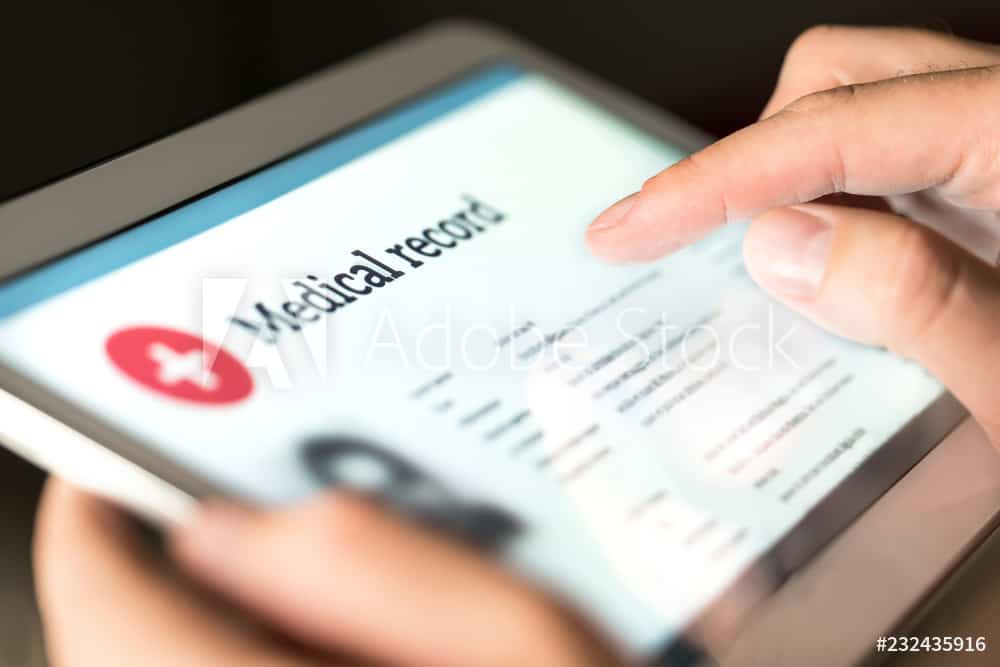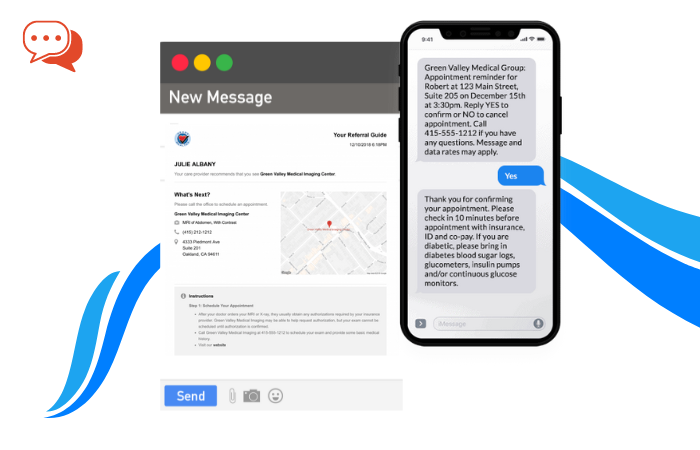Research by GMC showed that in 2011, 30% of medical professionals used mobile apps, and today, in 2019, the number has reached an astonishing 83%. Healthcare mobile apps help solve so many problems the healthcare industry faces. Mobile communications technology now provides essential services such as offering diagnostic treatment, monitoring patient data, or improving patient knowledge. Reuters issued conclusions of an Orbis Research study foretelling an increase of the mHealth applications market—mobile healthcare applications captured 23 billion USD in profits. They estimated a growth rate of 35% over the next few years. Therefore, health app ideas are thriving this year.
Best Healthcare Mobile App Development Strategies:
-
Define The Kind Of Healthcare Mobile App You Are Building
Before you can proceed, you need to define the particular objective for your healthcare application clearly. This is what makes mobile apps successful. For instance, people know Facebook is the place to go if they want to keep up with their friends are doing, Tinder is for dating, LinkedIn for professional purposes, and job updates, so in this same reign, your app should make this space in your user’s mind. They should hear your app’s name and know instantly what it is for.
-
Mobile Apps for Patient Monitoring Should Be Developed Correctly
Patient monitoring and overall medical services have gained traction in the last few years. Many software and healthcare providers and manufacturers have hastened to join this increasingly congested market and develop innovative apps that offer great value to the world. For instance, HeartGuide is a wearable monitor that measures blood pressure. It tracks heart data and tells the patient how their behavior affects their heart health. It then synchronizes to the mobile app and provides real-time health data to the user.
Keep The User’s Needs In Mind When Creating Medical Resource Data Apps
A study of medical school students, faculty, and residents admitted that utilizing a mobile device to immediately obtain educational sources while on the move positively impacted their personal accomplishment. Other instances of top healthcare apps include medical calculators that can measure how frequently a patient needs to take a particular drug or apps for drug referencing, informing users about the pros and cons of a specific treatment. Pepid is another example of apps for healthcare professionals that work as a support app for ER physicians. When you answer what users need, your app is bound to become successful.
-
Ensure You Are Clear About What Your App Aims To Resolve
When developing a new business app, you need to ensure your app solves a problem. Users usually want medical record access, the capacity to cancel, book, and change appointments, and the capacity to request refills online. So, when you make an app, ensure you solve such queries. Ensure that your healthcare app has real-life uses and that your target customers can profit from it.
-
Learn from Your Competitors and Do Better Than Them
Once you can solve the problem with your app, you need to look at what your competitors are doing, look at the people who are offering complimentary or comparable solutions. Competition can work against and for you. If competition is present, it implies the product has demand. On the other side, the more competition, the more difficult to get your app noticed. You need to closely examine what your competition is doing, learn from it, and then strategize better.
-
Establish Up Front How You Intend to Monetize the App
Most of the highest-grossing apps on app stores are free to download. They generate revenue through in-app purchases and advertising. These kinds of apps are the most popular. Only 5.76% are paid apps, and this number is dropping. An important Healthcare Mobile App Development Strategy is to monetize your app through subscriptions. It is advised to stay away from paid apps, especially when most users want to try the app out first before purchasing it. The best way to monetize your app would be to offer free trials, then begin charging a fee.
-
Determine The Omnichannel Approach for Your App
Today, we live in an omnichannel. In basic terms, users do not just respond to a business through only one approach. So you require thinking upfront what the best combination of app touch-points is. For instance, older patients prefer tablets and websites, while younger people may be more prone to communicate with your company through mobile apps. Hence, your chosen target audience should push your omnichannel strategy. Whatever the purpose, one thing is for sure, if you will support more than one touch-point. You need to consider this Healthcare Mobile App Development Strategy before you develop and release your app.
-
Keep Testing Your App
When you begin developing a mobile app, the first inclination would be to develop the best app you possibly can. The best healthcare app ideas could take years to come to fruition. Do not attempt and develop the whole app in a single day. Instead, develop a Minimum Viable Product (MVP) and repeat it. There are many reasons for this.
- Time. A simple app with minimal functionalities is quicker to develop. Thus, it is simpler to get it accomplished and in the hands of your targeted customers. When you develop a mobile product, time is essential. You should do the best that you can to narrow down the main app functionality, then prepare a list of extra features you will develop, schedule, and release after the initial app version goes live on app stores.
- Speed. When you launch mobile apps for healthcare soon, you can establish relationships with users fast. Initial users are more inclined to offer negative and positive feedback on your mobile app and recommend modifications or supplements to it. So, whatever mHealth app you are creating, you need to obtain user feedback as soon as possible and then repeat it.
- Scale. When you set a manageable MVP, you can obtain your product to market faster, which will also assist you in testing your marketing message faster. Even if your app is amazing, you might not get the traction you want if your sales and marketing are not up to the mark. Even if your app is useful, you might require adapting your positioning, branding, and even your primary target audience—all of which are a lot simpler to do if you get to the market fast.
-
Security is Crucial
Healthcare app developers today avoid saving app information on the device for safety reasons. If your app’s system of clinical management connects to restricts the amount of synchronous application programming interface (API) requests, you might have to save data on the app server. App servers are developed for speed, not safety, and are not challenging to breach into. Developers need to encrypt the data they store on the servers. Developers must emphasize end-to-end encryption or transfer data only over safe channels of communications.
Conclusion
Your healthcare app development strategy depends on the driving demand, user-friendliness, and usability, which will also determine the future of your app. In this fast-evolving world, especially about apps, where app usage lasts a week, the actual benefit of mobile healthcare apps will be stabilized over time.











